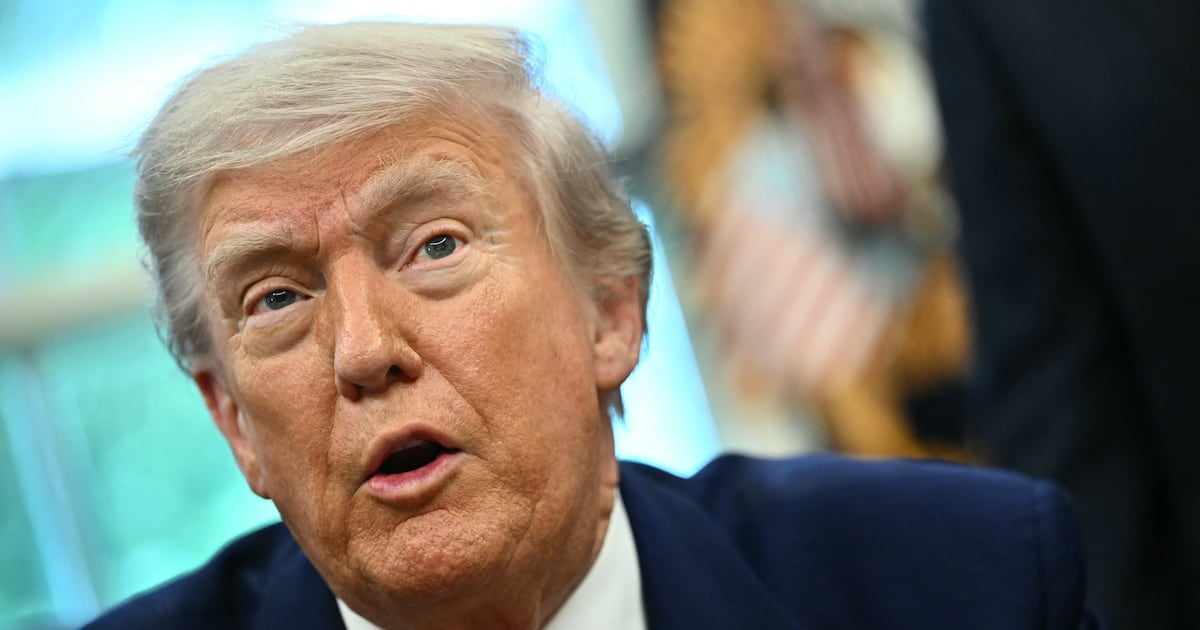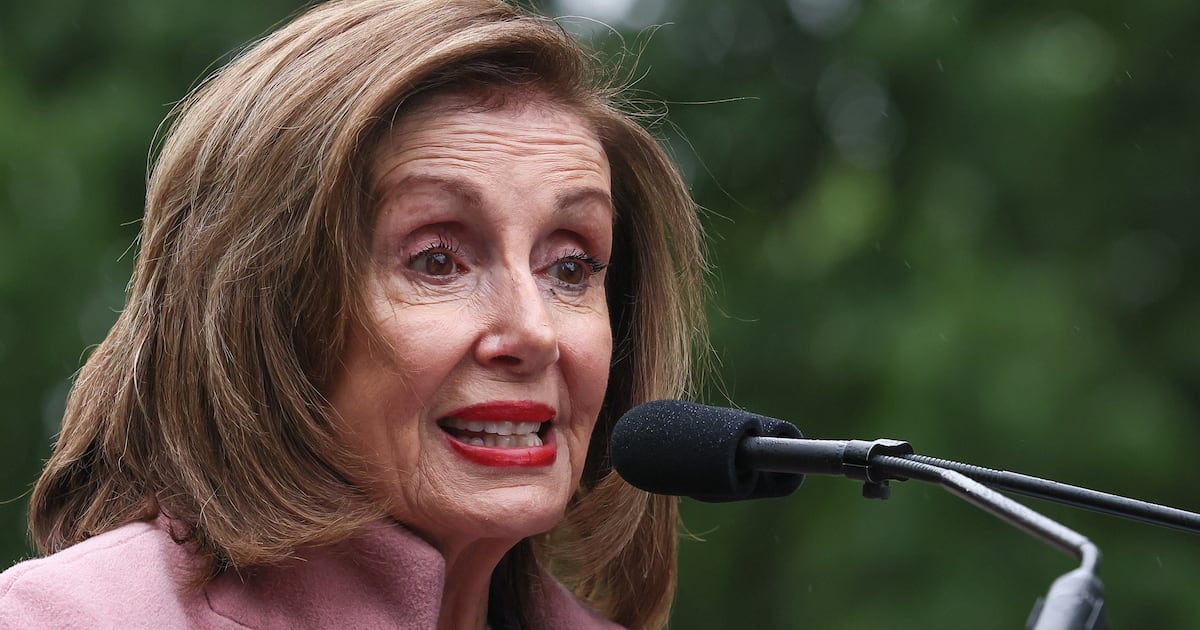
On July 9, the leaders of the world’s largest economies will meet in L’Aquila, Italy, in the Major Economies Forum to discuss progress toward a new global climate agreement. In just six months, a deal is supposed to be struck in Copenhagen and the MEF meeting comes at a vital moment in the negotiations. When many of the same leaders met in April to address the economic crisis, they correctly pledged to do “whatever is necessary.” The same spirit needs to animate the meeting in L’Aquila.
Fully 70 percent of the reductions needed by 2020 can be achieved by investing in three areas: increasing energy efficiency, reducing deforestation, and from use of lower-carbon energy sources.
There is enormous goodwill to do so. The new U.S. administration is supporting strong American action. China is setting ambitious targets for reducing energy intensity and making massive investments in renewable energy. India has put forward its own action plan. Europe has set a 2020 goal of cutting emissions by 30 percent below 1990 levels if there is an ambitious global agreement. Japan has published its proposals for major carbon reductions. Across the world, commitments are forthcoming.
But practical challenges still remain. What is being asked for is that global emissions be less than half their 1990 levels by 2050, having peaked before 2020. Since emissions from developing countries are on the whole lower than those of the developed world and will need to continue to rise in the short term as they maintain economic growth and address poverty, it has been proposed that developed countries cut emissions by at least 80 percent of the1990 level by 2050, with major steps toward this over the next decade. Developing countries will also need to play their part, significantly slowing emissions growth and peaking in the coming decades. For the U.S., such commitments would mean cutting emissions to around one-tenth per capita of what they are today, while for China it would mean creating a new low-carbon model of economic development. For all countries, this is a major challenge, a revolution, and implies a huge shift in policy.
Yet the good news is that if we focus on clear, practical, and achievable goals, major reductions can be made in order to ensure that, whatever the precise interim target, the world will fashion a radical new approach within a manageable timeframe. A new report from the Breaking the Climate Deadlock project, a strategic partnership between my office and The Climate Group, shows how major reductions even by 2020 are achievable if we focus action on certain key technologies, deploy policies that have been proven to work, and invest now for the development of those future technologies that will take time to mature.
Perhaps the most interesting fact to emerge is that fully 70 percent of the reductions needed by 2020 can be achieved by investing in three areas: increasing energy efficiency, reducing deforestation, and from use of lower-carbon energy sources, including nuclear and renewables. We also know that by implementing just seven proven policies—renewable energy standards (e.g. feed-in tariffs or renewable portfolio standards); industry efficiency measures; building codes; vehicle-efficiency standards; fuel carbon content standards; appliance standards, and policies for reduced emissions from deforestation and forest degradation—these reductions can be delivered. All seven policies have already been successfully implemented in countries around the world but need scaling up. While cap-and-trade systems or other means of creating a carbon price can help provide incentives for businesses to invest in low-carbon solutions, in the short term at least, it is these seven policy measures and direct action and investment by governments that will achieve the targets.
Longer-term, we will also need technologies such as carbon capture and storage (or CCS), expanded nuclear power, and new generations of solar energy, together with the development of technologies whose potential or even existence is still unknown. The important thing for Copenhagen is that decisions are taken now for investments that will yield benefits later. For example, the overwhelming majority of the new power stations in China and India—necessary to drive the industrialization that will lift hundreds of millions of people out of rural poverty—will be coal-fired. That is just a fact. So developing CCS or an alternative that allows coal to become clean energy, is essential for meeting the 2050 goal. But we need to invest now, seriously and through global collaboration, so that by 2020 we are in a position to scale CCS up or be ready deploy other alternatives.
Renaissance of nuclear power will need a big expansion of qualified scientists and engineers. Electric vehicles will need large adjustments to infrastructure. Smart grid systems can enable big savings in emissions but there has to be a plan for putting them into effect. These will take time but require investment now. Meanwhile, in the short term, low-energy lighting and efficient industrial motors may sound obvious but we are nowhere near using them as extensively as we could.
The point is this: We know what we need to do and we have the tools available to achieve our goals. The MEF leaders can therefore have confidence in adopting the interim and long-term targets recommended by the scientific community: keeping warming to below 2 degrees Celsius; peaking emissions within the next decade; and at least halving global emissions by 2050 versus 1990. Developed countries will be able to commit to reducing their emissions by 80 percent versus 1990 by mid-century, as many have already done, and provide the necessary financial and technology support for developing-country adaptation and mitigation efforts. With that support, developing countries in turn will need to design and implement “low-carbon growth plans” that significantly slow and eventually peak their emissions growth.
By making these commitments, the MEF leaders, representing over three-quarters of global emissions, would lay a firm foundation for success in Copenhagen. Between L’Aquila and Copenhagen there will be undoubtedly be difficult discussions over interim targets for developed countries.
But, while such targets are undoubtedly important, what really matters is agreement on the measures that ultimately will set the world on a new path to a low-carbon future. For years, and rightly, the emphasis has been on persuading people there has to be “a will” to tackle climate change. For the leaders, struggling to cope with this challenge even amid the economic crisis, they need to know there is also “a way.” It is the combination of the two that will succeed. Fortunately such a way—immensely challenging but nonetheless doable—exists.
Tony Blair is founder of the Breaking the Climate Deadlock initiative to work for a new global deal for a low-carbon future and the former prime minister of Great Britain.






